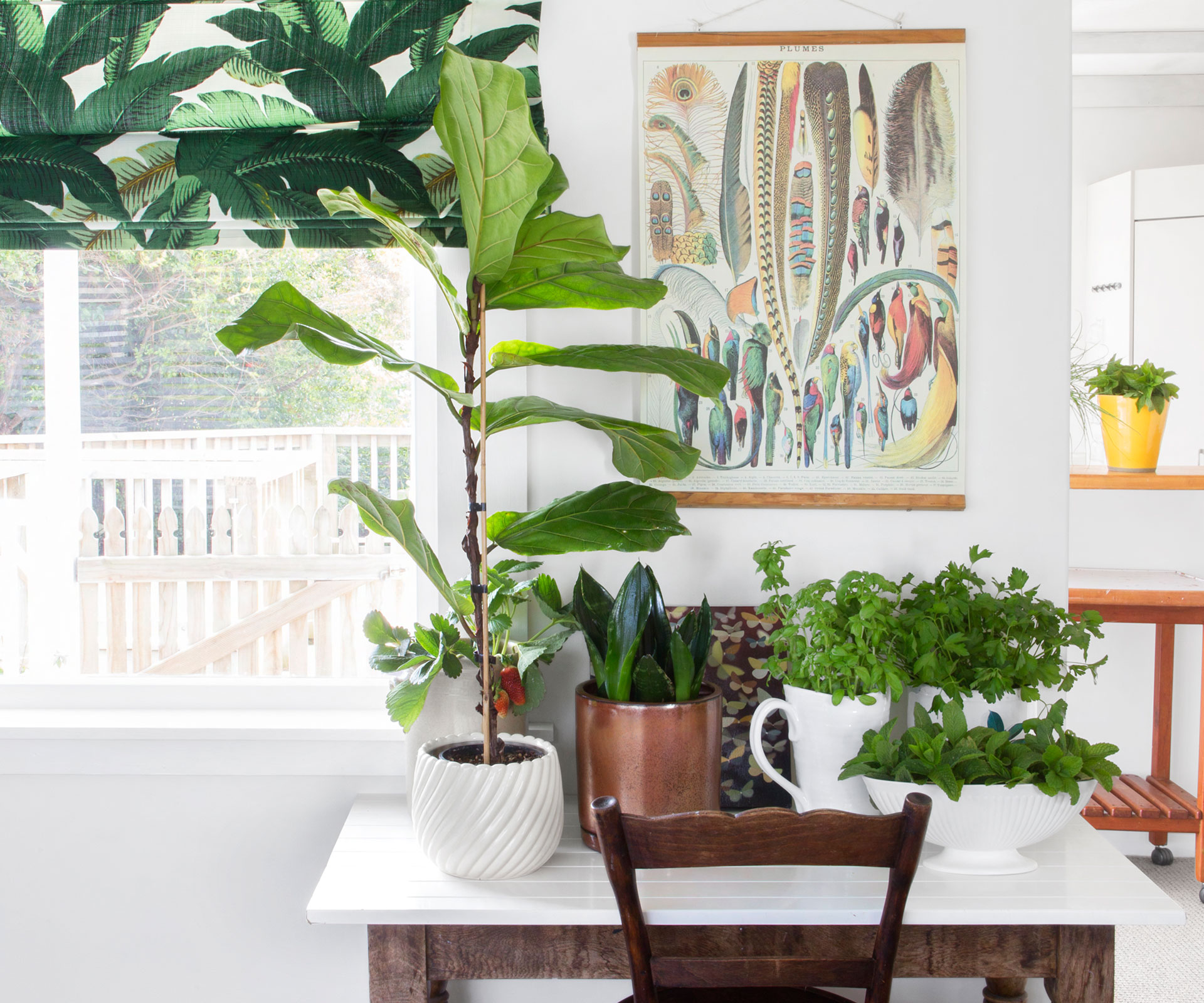Frothy fronds, sculptural stems and bead-like trails of foliage. Take your pick from this lust-worthy line-up of indoor plants, plus top tips on how to keep them alive
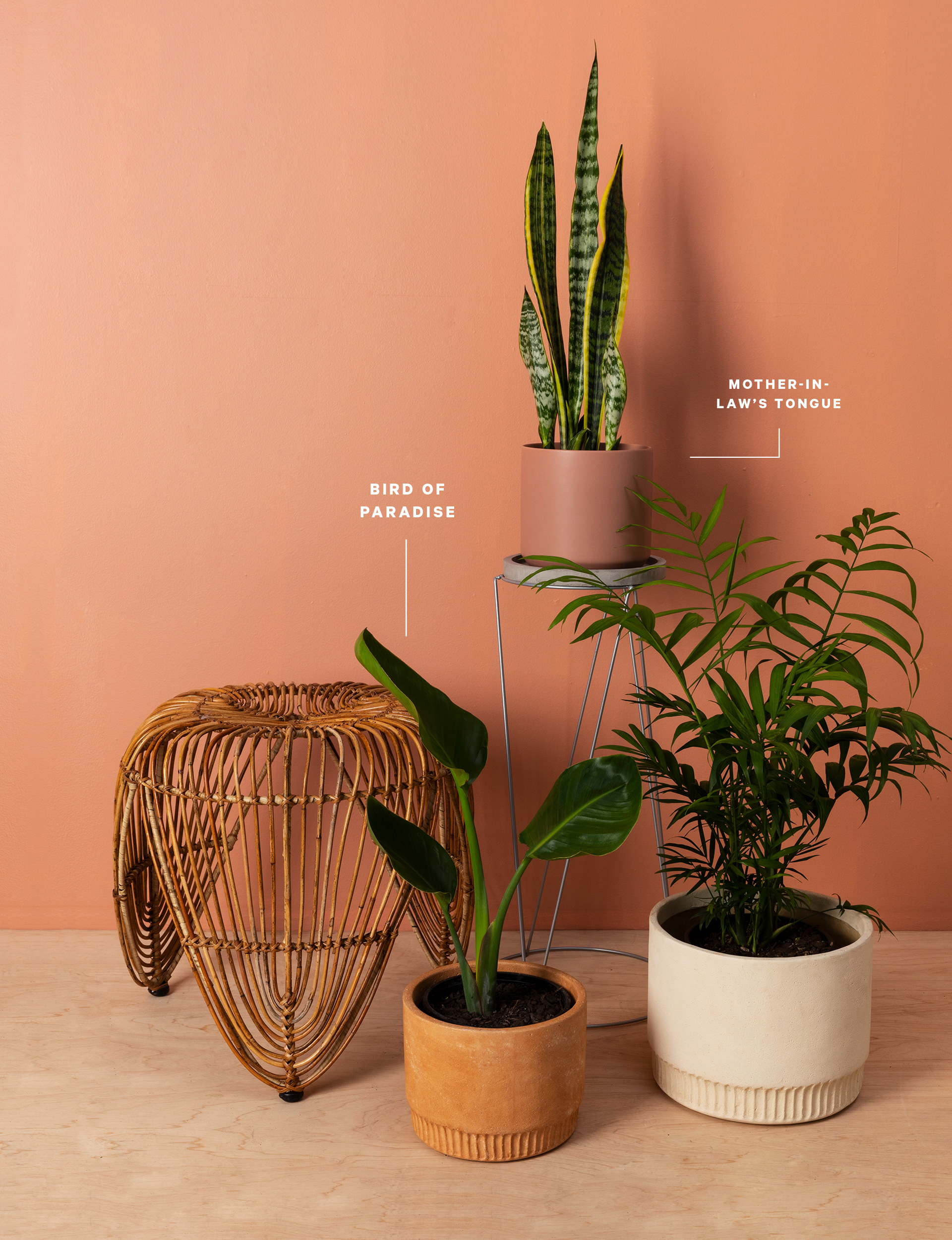
1. Bird of paradise
We prize them as garden plants in warmer parts of New Zealand but bird of paradise (Stelitzia reginae) is now a rock-star house plant, too.
These tropical sun lovers need warmth and plenty of bright light (3-4 hours a day minimum) to thrive and flower, although you may have to wait a few years for them to bloom. Mist leaves every couple of days to maintain the humidity levels they need. Water regularly but slow it down in winter when their growth slows, allowing soil to dry out between waterings. Likewise with feeding; apply a standard liquid fertiliser every couple of weeks during their active growing period.
Resist the urge to repot too often as bird of paradise are happy with their roots constricted but hate them being disturbed and may stop flowering as a result.
2. Mother-in-law’s tongue
Also known as the snake plant, Sansevieria trifasciata is a tough, low-maintenance succulent with a sculptural upright form that looks great mass planted in a trough or large pot with a free-draining potting mix.
Slow-growing, they prefer a sunny spot but will happily tolerate lower light levels. Water moderately in the warmer months but reduce in winter and never overwater. There are many cultivars, most with some form of their signature marbled foliage.
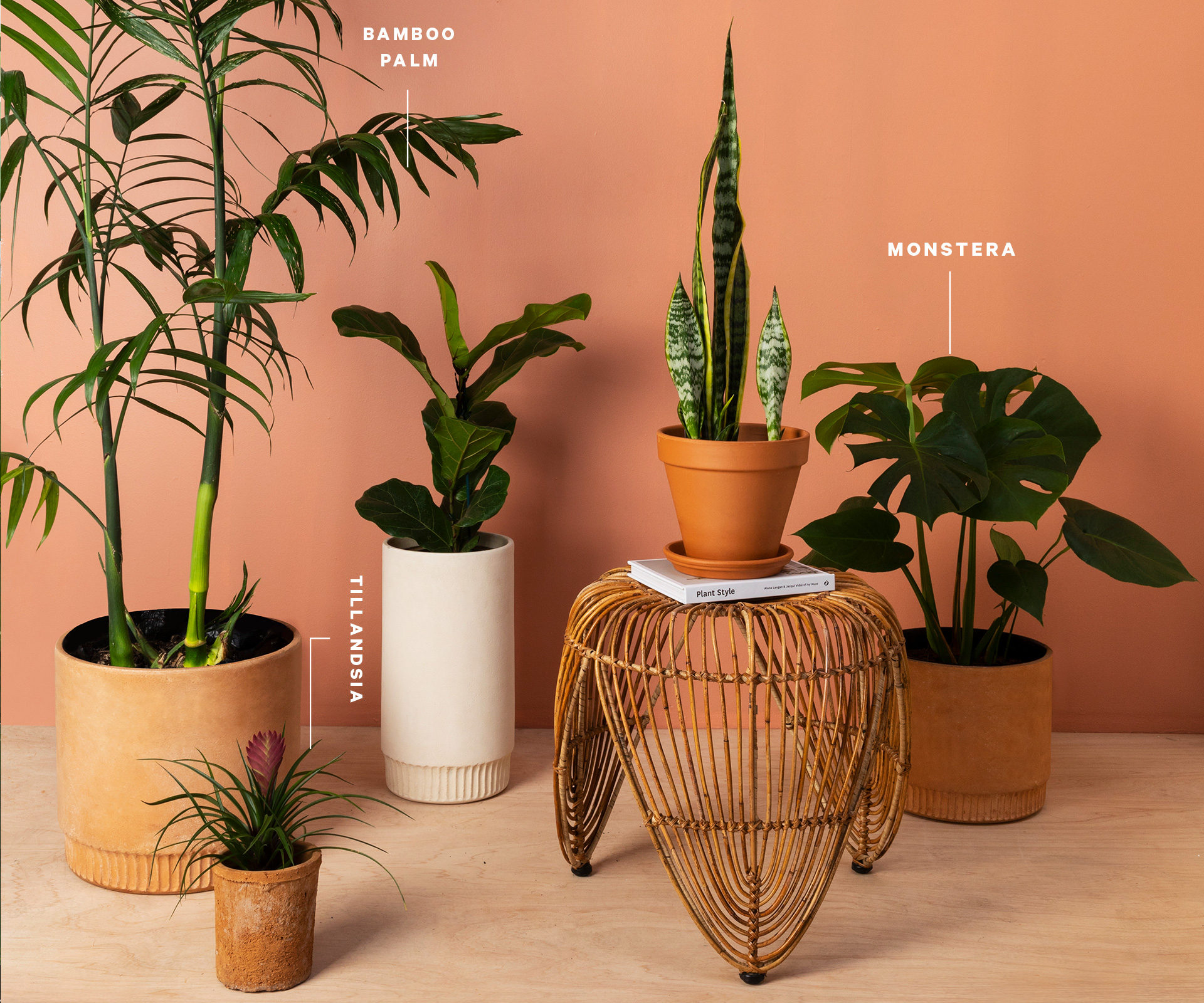
3. Bamboo palm
Highly rated by NASA for their air-purifying ability, bamboo palms (Chamaedorea) love low light but need a little moisture in the air to do well. Stand in wet pebbles when room is hot and mist leaves regularly. They also like their potting mix to be slightly moist during their growing period (spring and summer). Use a quality mix and repot only when roots have filled the planter. Watch out for red spider mite which can infest plants in dry conditions.
4. Tillandsia
Commonly known as air plants (aka epiphytes or bromeliads), tillandsias belong to quite a large genus. The species currently seen suspended in glass globes or attached to walls in on-trend interiors are the medium-to-small types such as T. ionantha or T. cyanea.
Their curvaceous, silvery leaves and stunning flowers are a big attraction, but their biggest advantage is they don’t need soil to grow; they obtain water and nutrients from the air. However, they won’t thrive in a dry room so you’ll need to mist them often, or dunk them in a sink of water occasionally. Bright, indirect light is best for most species.
Top tip
Indoor plants need to be cleaned regularly. A layer of dust on the leaves will partially block sunlight and reduce the plant’s ability to photosynthesize.
5. Zanzibar gem
These African perennials are also known as the ZZ plant after their Latin name, Zamioculcas zamiifolia. Uber-popular due to their ability to tolerate neglect while still looking fabulous, they need very little water (once a month is usually enough). Bright to light shade is best as full sun can burn the foliage. Slow-to-medium growers, plants can reach a metre in height and spread. Liquid feed with a dilute mix in spring. Leaves are toxic so keep away from kids and pets.
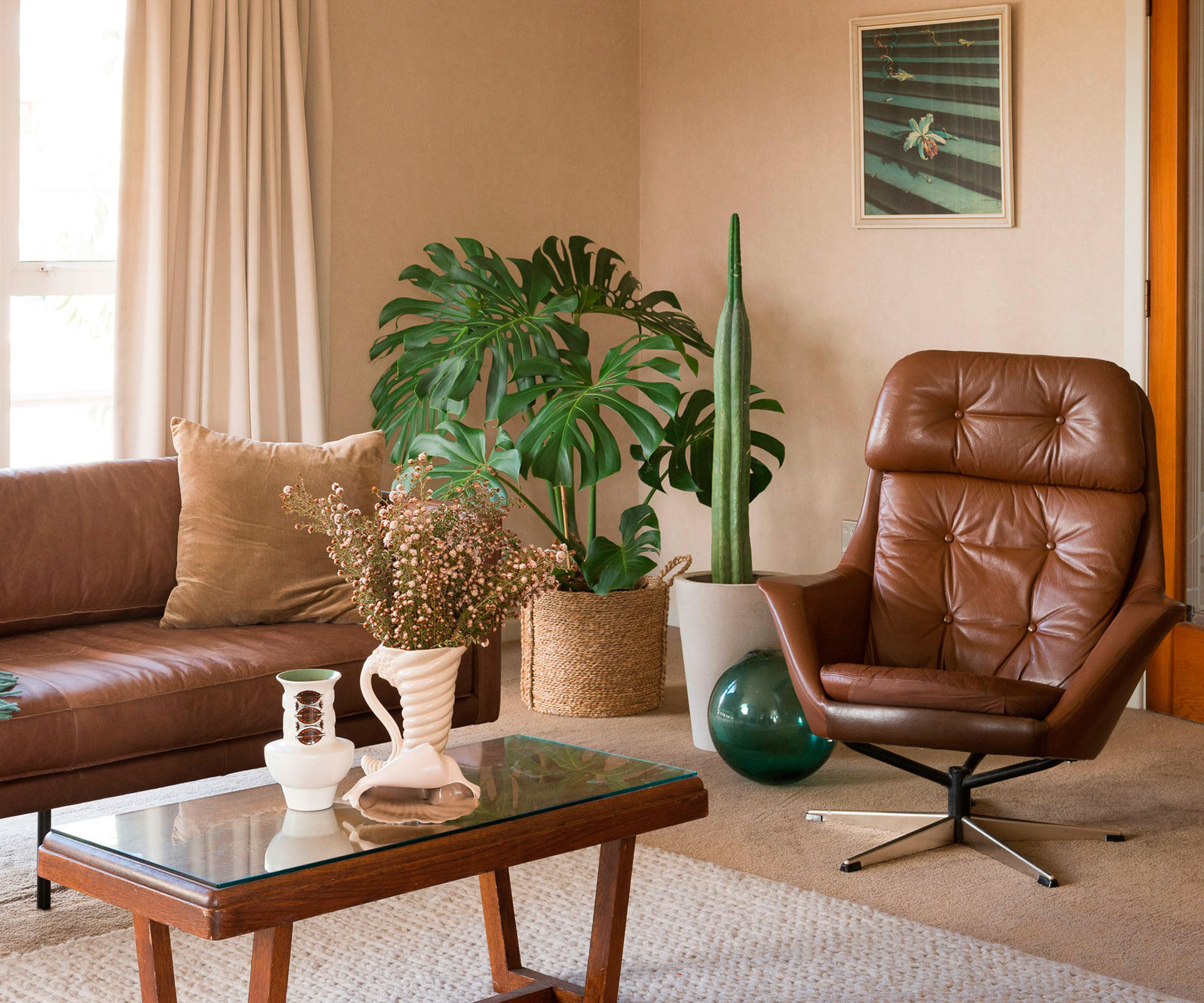
6. Monstera
Who doesn’t love the distinctive, deeply cut leaves of Monstera deliciosa aka the Swiss cheese plant? Fabric designers, Pinterest and Instagram users are all big fans of these subtropical climbers which can be grown inside or out in warmer parts of the country.
In the wild they’ll climb up the trunks of trees so house plants will need a support as they mature. And you may have to cut them back when they get very tall. Bright, filtered light is best and normal room temperatures. In very hot rooms you’ll need to mist your monstera and sit it on wet pebbles. Clean leaves regularly with a soft, damp cloth.
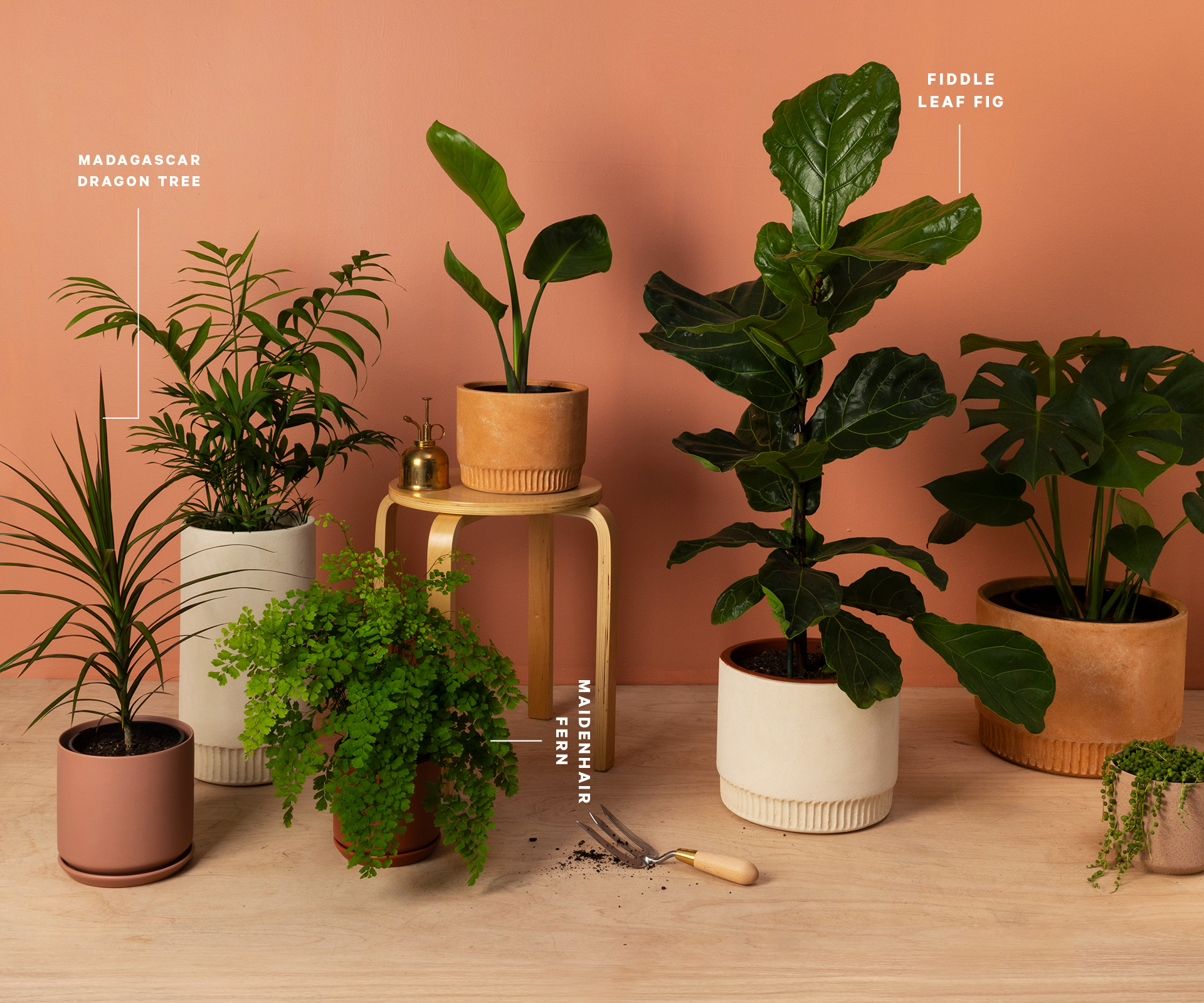
7. Madagascar dragon tree
Several Dracaena species make superb house plants but Madagascar dragon trees (D. marginata) are among the most striking with their tall, bare stems topped with clusters of arching leaves.
Excellent air purifiers, they prefer bright light but can tolerate low light, and don’t need a lot of water (once a month is usually fine). They don’t like cold or overly hot rooms. Mist regularly in summer and when the heater’s on. If your plant is too tall cut off the top and it will resprout at the cut. You can also propagate new plants from the cutting.
8. Maidenhair fern
The soft, delicate fronds of the maidenhair fern (Adiantum) will add an exotic touch to any room but they’re not a plant for beginners. Position in a warm room with filtered light and give them regular moisture both in the air and in the potting mix – bathrooms are ideal. In other rooms you might need to sit them on pebbles in a tray of water. Forgetful indoor gardeners should consider a self-watering pot for their maidenhair fern.
9. Fiddle leaf fig
Many members of the Ficus genus are popular house plants including the rubber plant and weeping fig, but the fiddle leaf (F. lyrata) regularly tops the must-have list for plant lovers.
Usually forming a single stem sporting their large, puckered leaves, they will grow 2-3 metres or more in the right conditions, ie a large pot, bright, filtered light, plenty of humidity (misting etc) and away from draughts. To make plants branch out and keep to the height you want, pinch out the growing tip at the top of the stem.
Top tip
If your plant’s leaves are yellowing or starting to drop off, this might be a result of overwatering. Here are five simple reasons why your indoor plants might be dying.
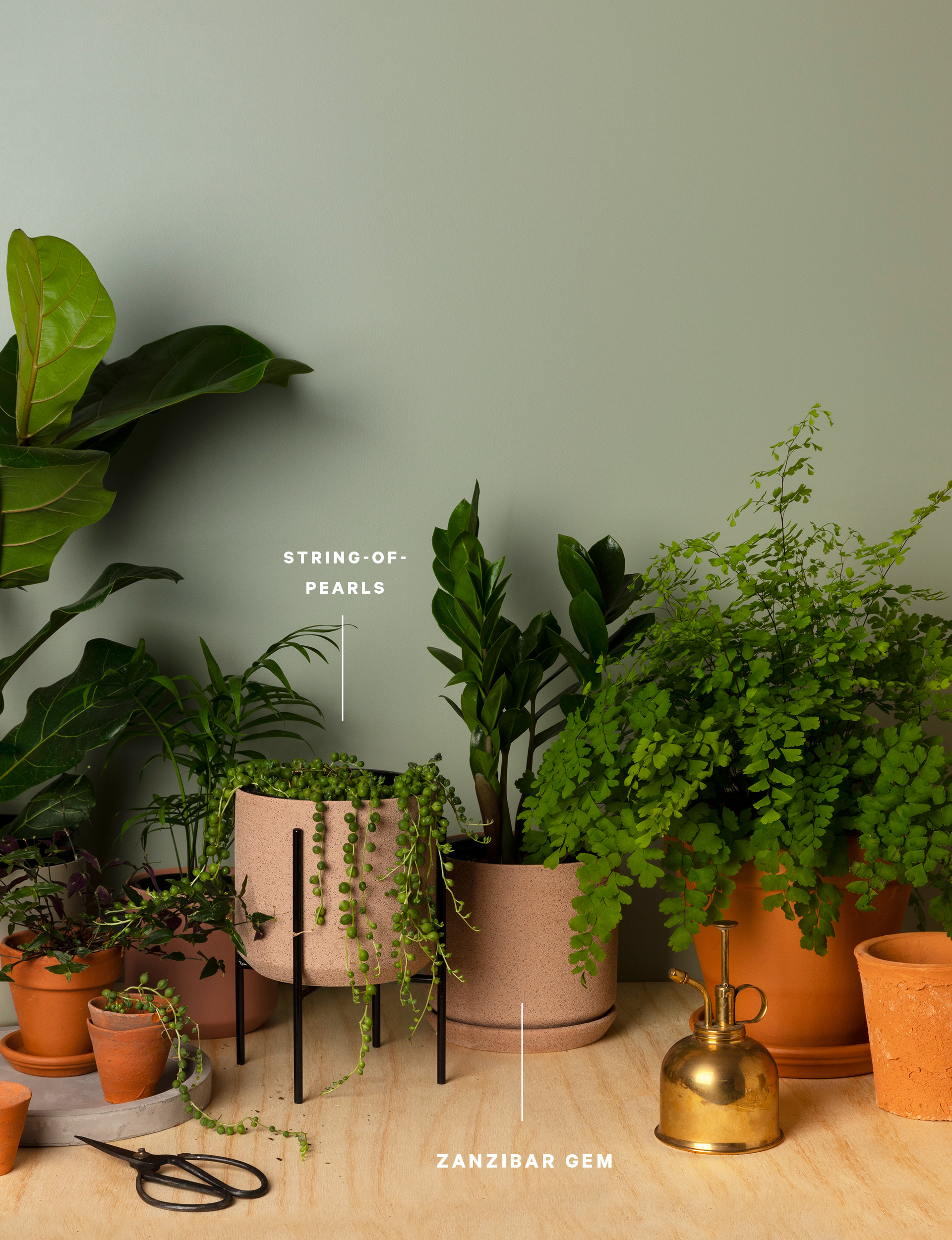
10. String-of-pearls
The pretty, pea-like tendrils of string-of-pearls (Senecio rowleyanus) are capturing the hearts of house plant lovers everywhere, and for good reason.
They’re cute, eye-catching, low-maintenance plants that don’t take up a lot of room, fitting easily onto a bookcase. What’s more, you can easily propagate new plants by taking a few stem pieces and poking them into well-drained potting mix or succulent mix. Water very sparingly in winter, fortnightly in summer, and position where the light is bright.
Words by: Carol Bucknell. Styling by: Fiona Kerr. Photography by: Angie Humphreys.
EXPERT PROJECTS

Create the home of your dreams with Shop Your Home and Garden
SHOP NOW

